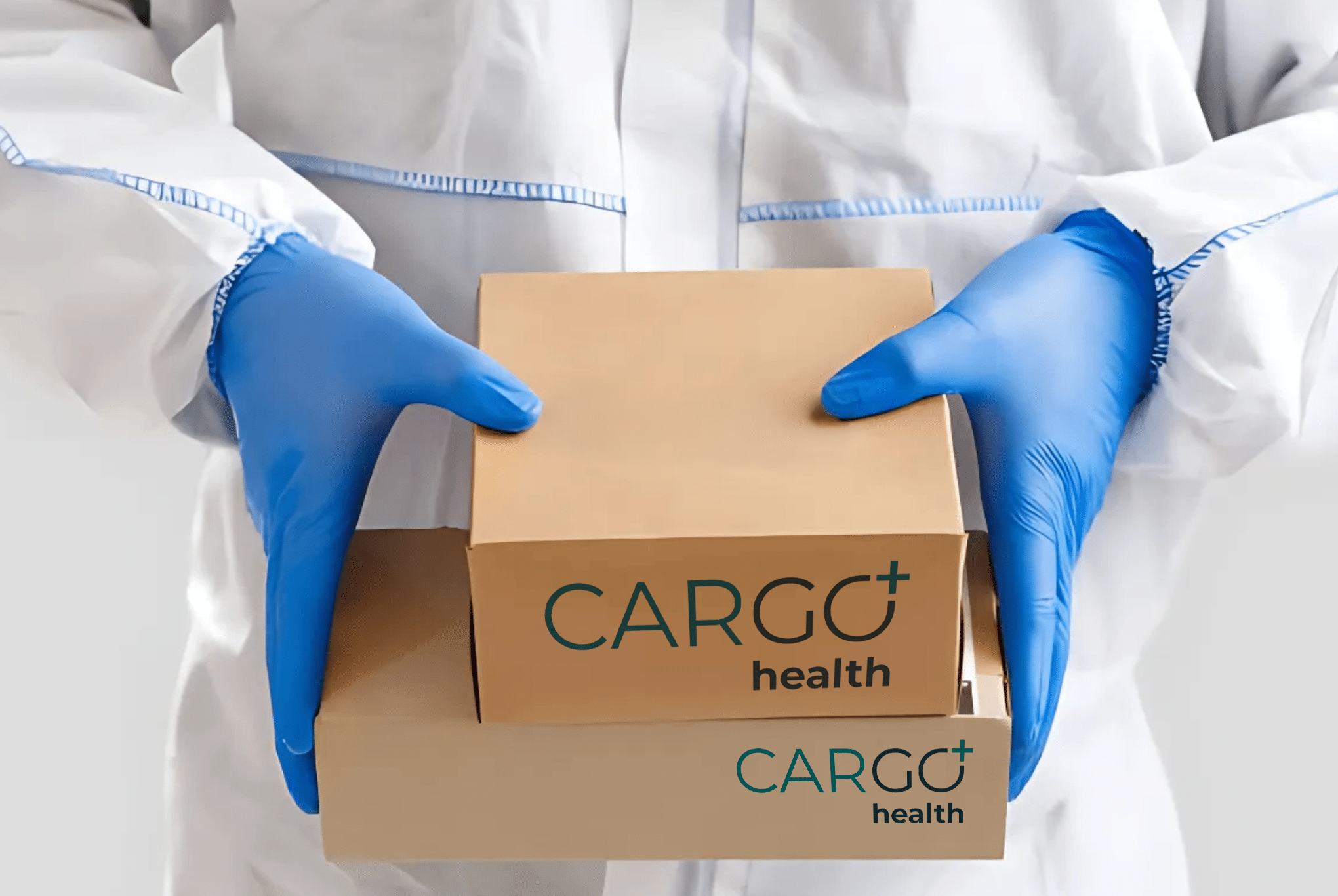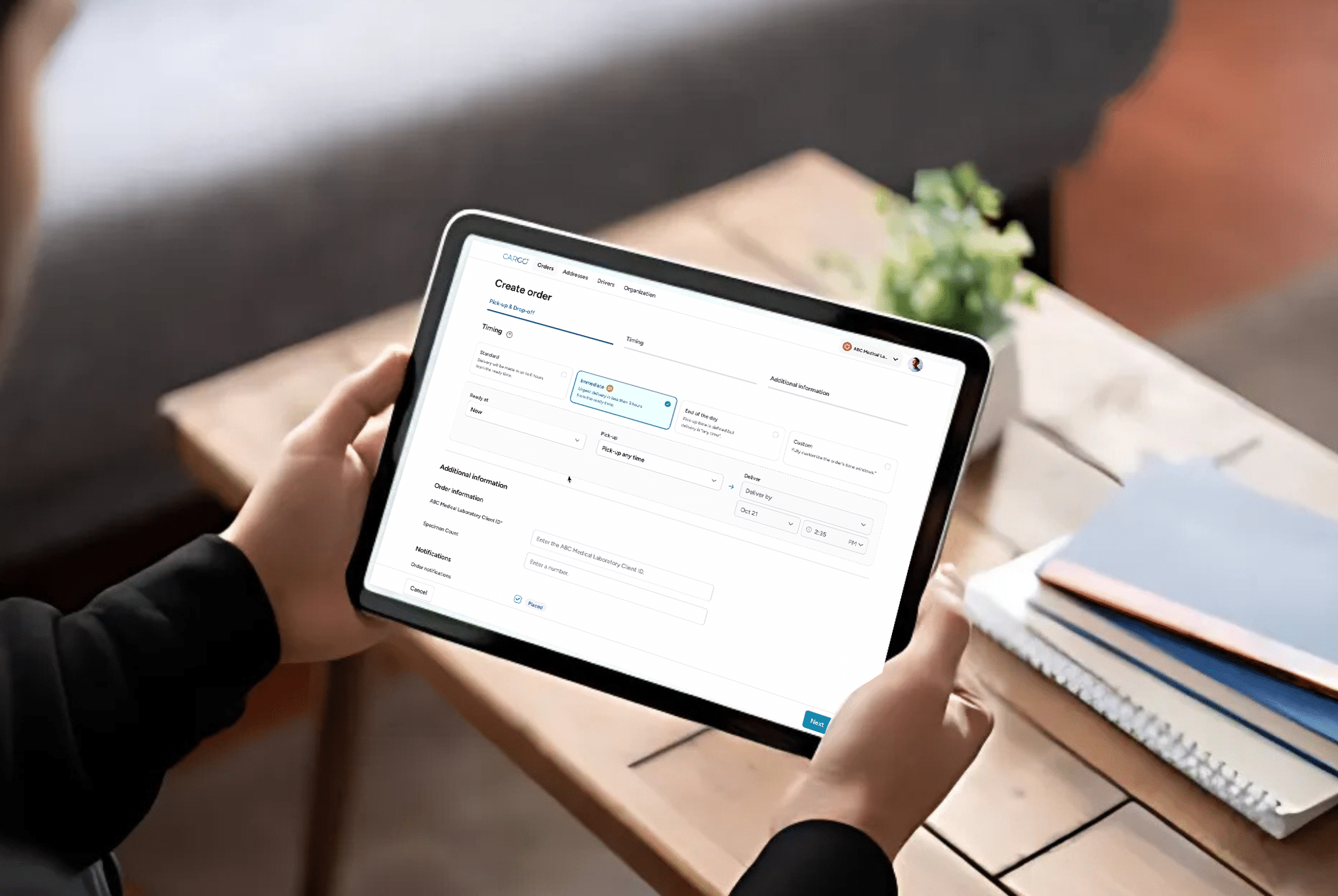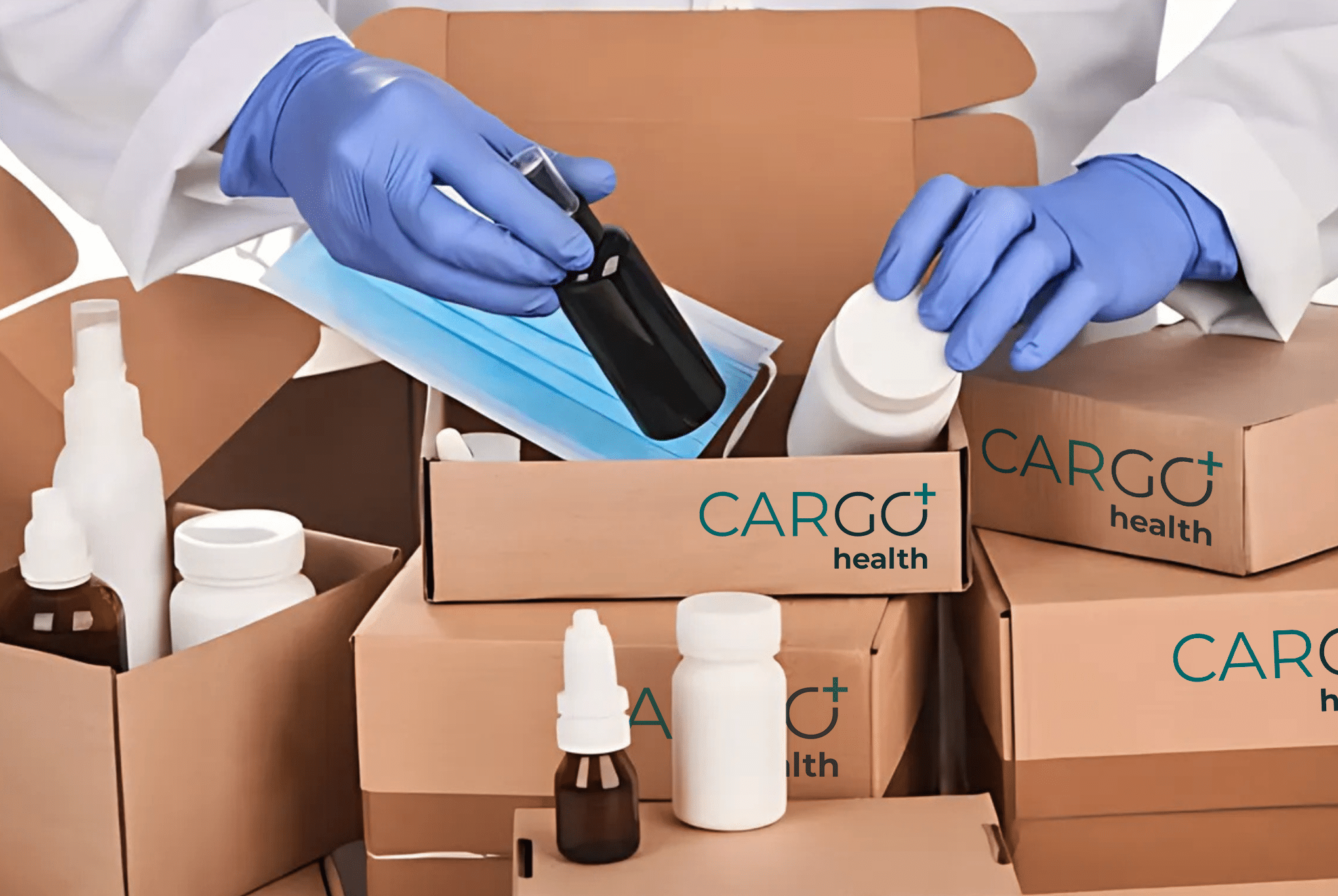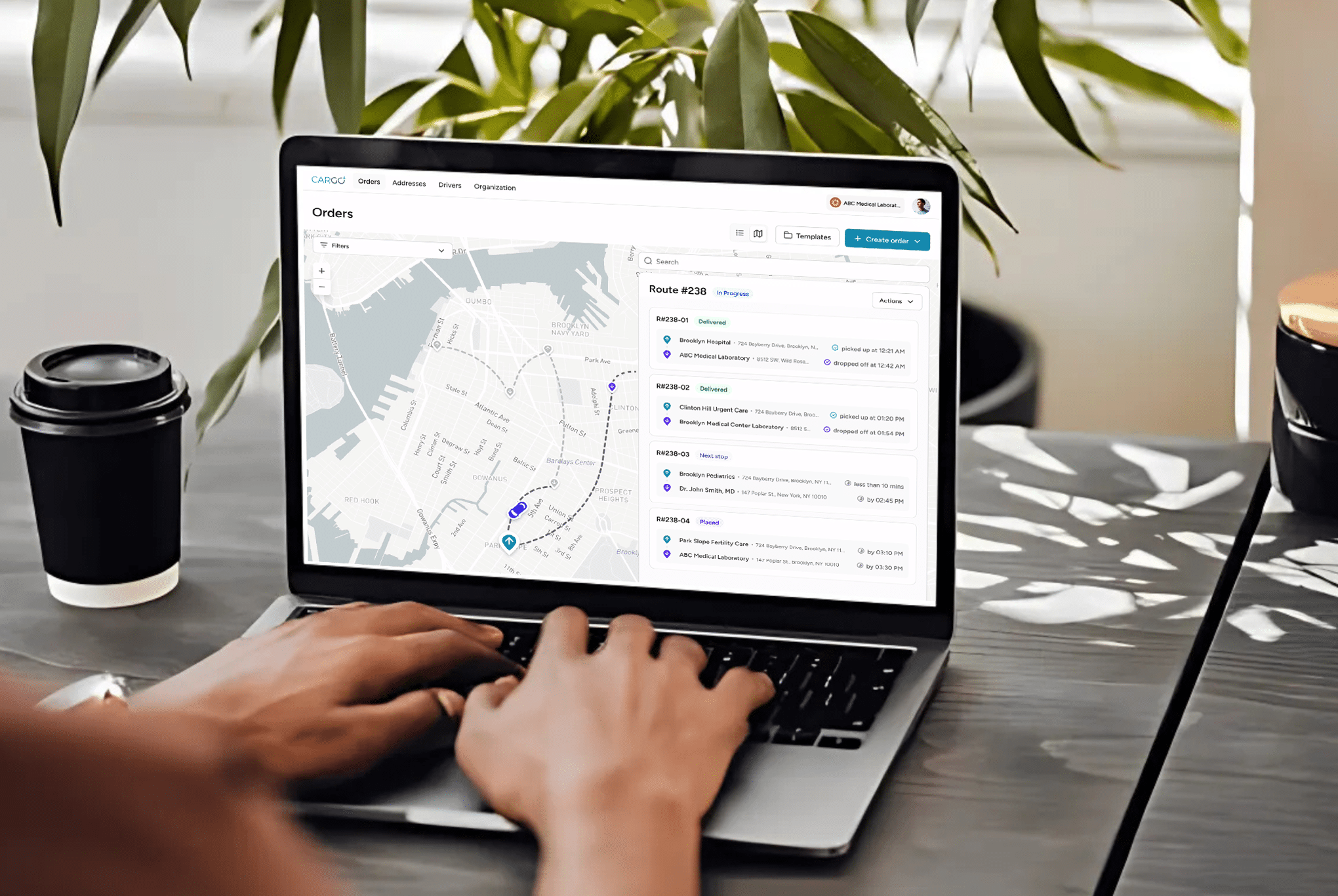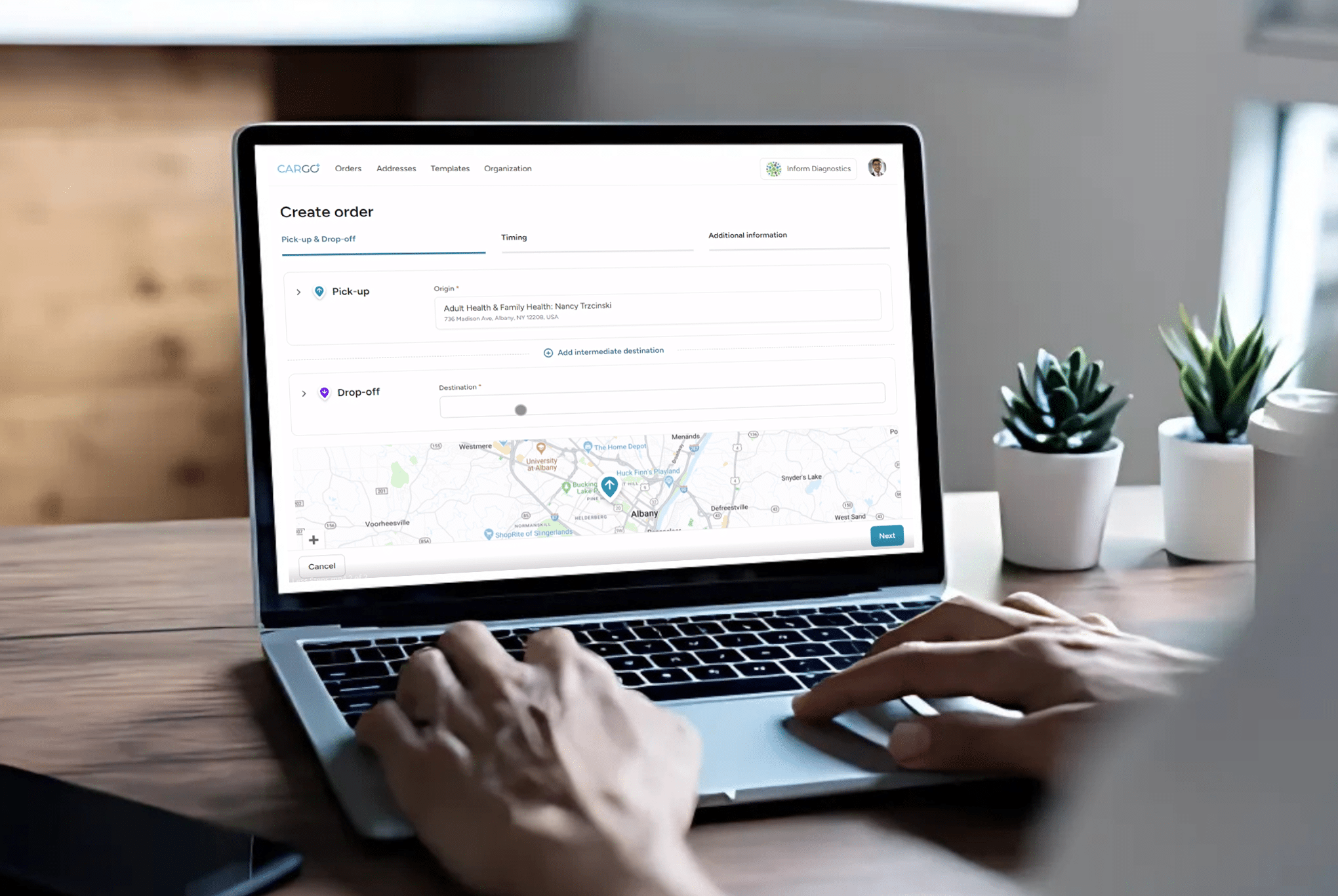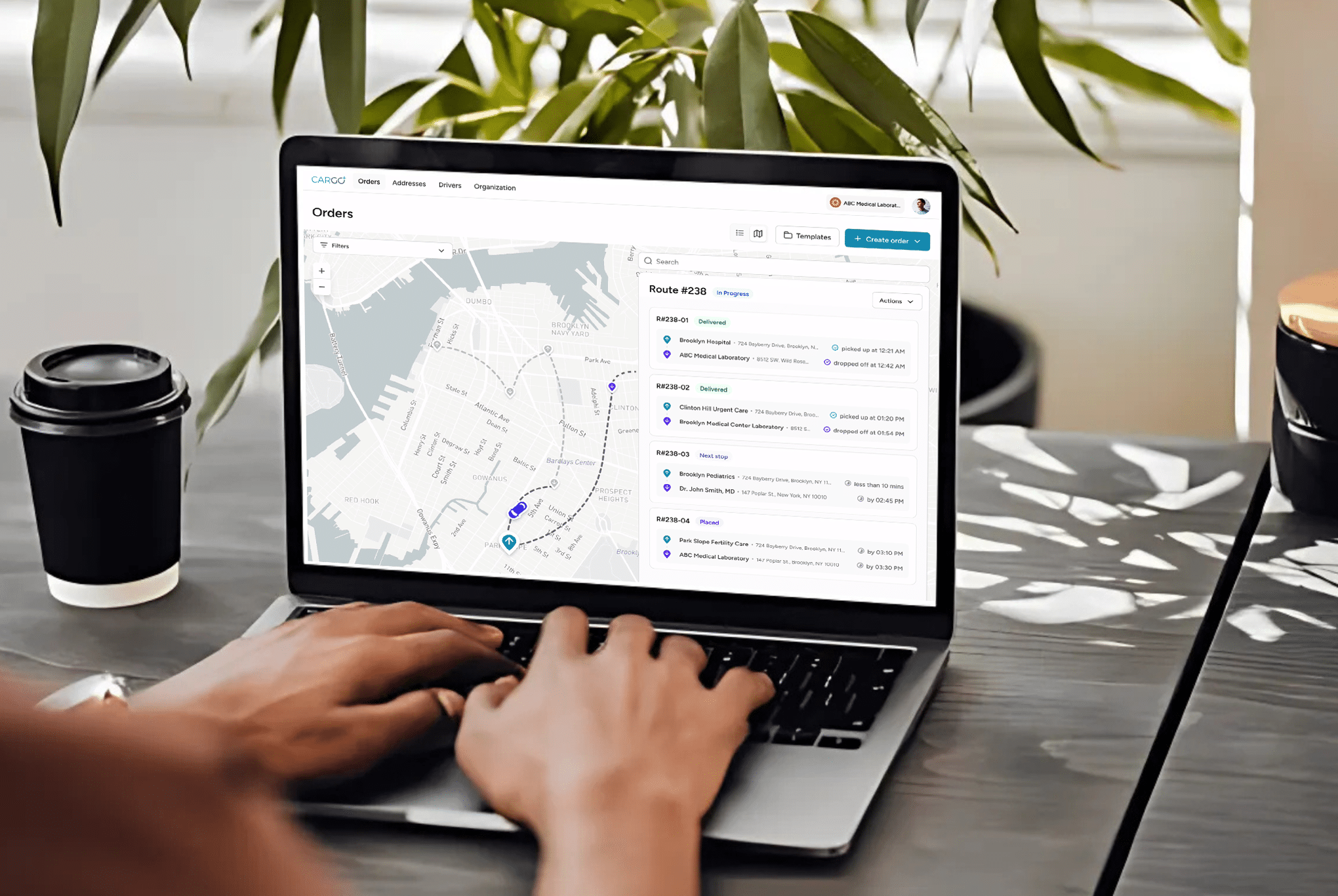The Anatomy of a Medical Delivery: Step-by-Step Breakdown
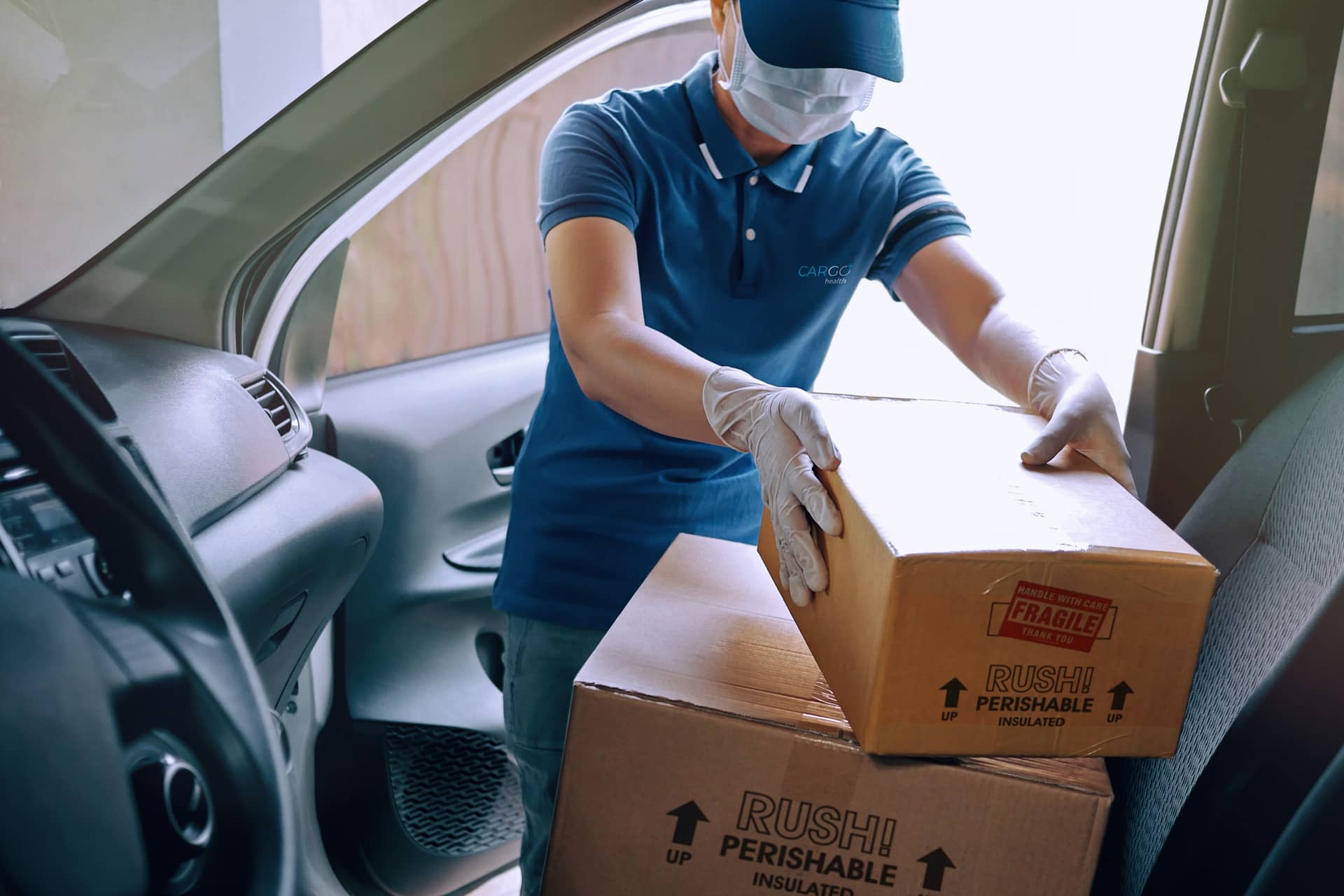
The seamless functioning of modern healthcare systems depends on the often overlooked but vital backbone of medical deliveries. Without this critical infrastructure, the timely delivery of life-saving drugs, critical medical equipment, or vital specimens for diagnosis would come to a standstill. This article dives into the intricacies of what makes medical deliveries tick, pulling back the curtain on a complex orchestration that transcends mere transportation.
Background: Understanding Medical Deliveries
While at a cursory glance, medical deliveries might resemble standard courier services, they are worlds apart in terms of complexity, risk, and precision required. With the stakes being as high as patient lives, the diligence required in medical deliveries is unparalleled. Medical consignments come with their unique set of demands — be it temperature sensitivities, special handling requirements, or tight delivery windows.
Step 1: Receipt of Order and Task Analysis
Every medical delivery begins with the receipt of an order. Unlike mainstream courier services, medical deliveries require an added layer of authentication and verification.
- Authentication of the Source: Before the delivery process even begins, the source of the request must be verified. This often involves cross-referencing the request with known and approved medical facilities or professionals. Given the critical nature of medical deliveries, ensuring that the request is legitimate is paramount.
- Analyzing Specific Needs: Once the order has been authenticated, a comprehensive task analysis is performed. This includes determining the nature of the medical items being delivered (are they fragile, temperature-sensitive, or time-critical?), and establishing a clear understanding of the delivery timeframe. If, for instance, an organ is being transported for a transplant, the delivery window could be a matter of hours. On the other hand, medical equipment not needed urgently might have a more flexible delivery schedule. The key here is to have a clear set of protocols to classify and prioritize each delivery based on its unique characteristics.
Step 2: Packaging and Labeling
The very nature of medical items means that they often require specialized packaging to ensure they arrive at their destination intact and functional.
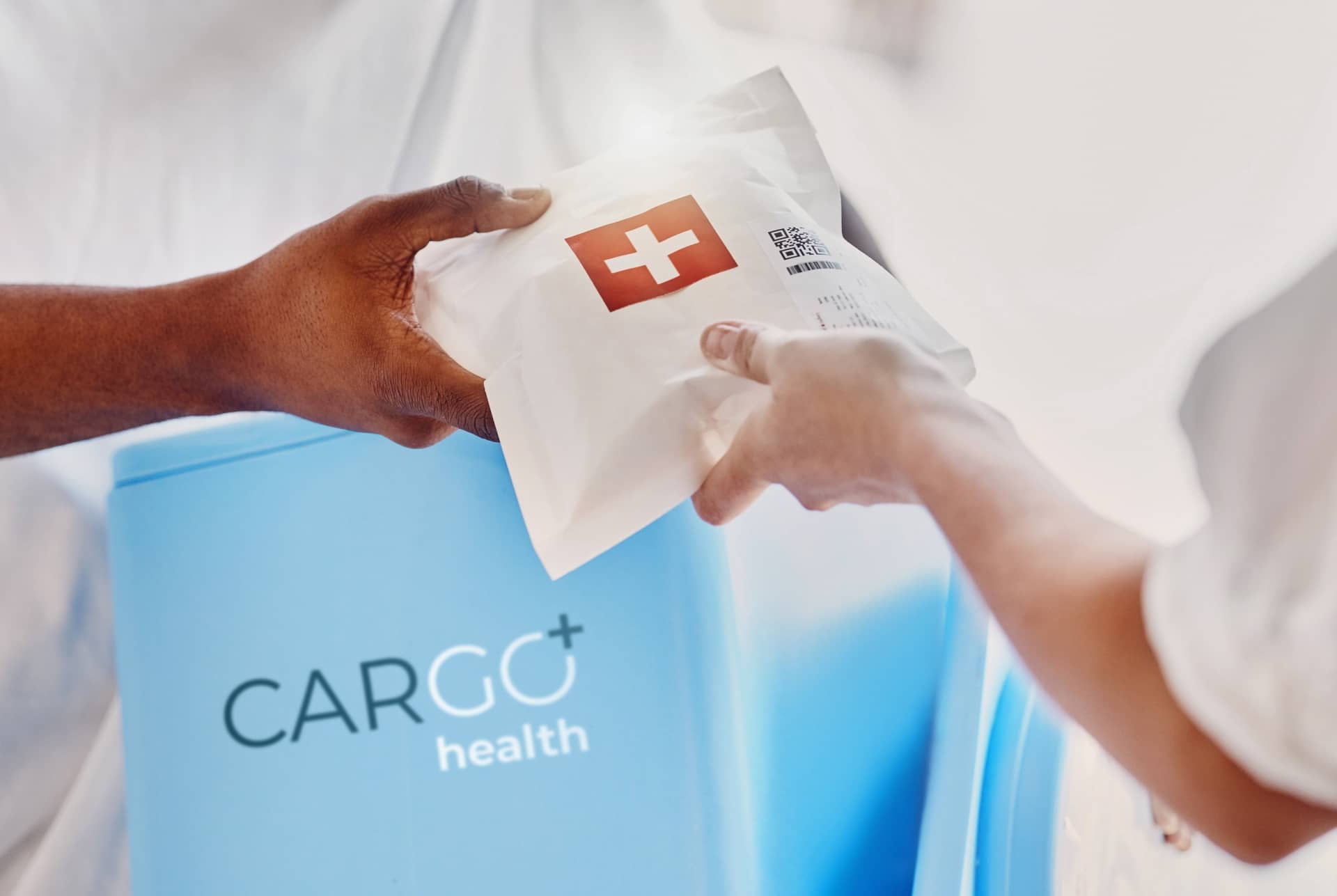
- Packaging Materials and Protocols: Depending on the consignment, different packaging materials and protocols are used. For example, biological samples might require vacuum-sealed packages, cryogenic storage, or even specialized containers that can handle biohazards. Pharmaceuticals, especially those that are temperature-sensitive, need to be packed with materials that can maintain a consistent internal temperature. This could involve the use of gel packs, insulated boxes, or even dry ice for extremely cold storage requirements.
- Labeling for Clarity and Safety: Beyond the traditional name and address labels, medical deliveries often carry multiple other labels that convey critical information. This might include hazard warnings, handling instructions (e.g., “This side up,” “Fragile,” or “Do not expose to sunlight”), and barcodes or QR codes for tracking. Given the potential risks involved, it’s vital that these labels are both accurate and clearly visible.
Step 3: Vehicle Preparation
Transporting medical items isn’t as simple as loading them onto a vehicle. The vehicle itself often needs to be prepped to ensure it provides a safe environment for the items.
- Vehicle Types and Selection: Depending on the nature and size of the delivery, different types of vehicles might be selected. For large medical equipment, a truck with a lift gate might be necessary. For temperature-sensitive items, vehicles with refrigerated compartments would be ideal. Additionally, some high-risk or high-value items might require vehicles with enhanced security features.
- Internal Environment Customization: This goes beyond just setting the right temperature. It includes ensuring the vehicle is sanitized, especially when dealing with items that can be contaminated easily. Secure storage is another concern. If a vehicle is transporting both medical and non-medical items, there needs to be a clear demarcation and segregation between them to prevent cross-contamination or damage.
Step 4: Route Planning and Risk Assessment
Navigating the logistics of delivery means more than just plotting a route from point A to B.
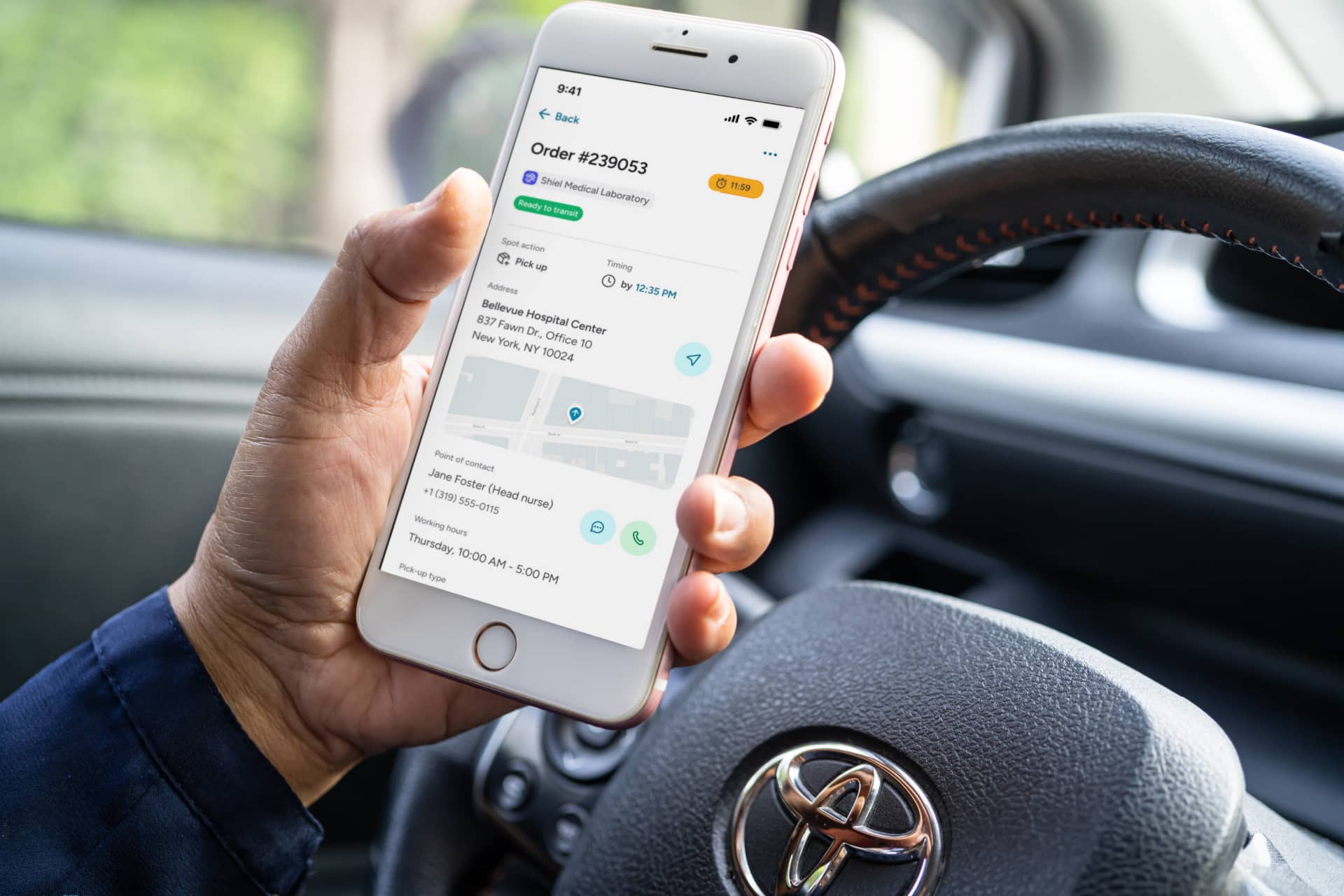
- Integrating Real-time Traffic Data: In the realm of medical delivery, time is often of the essence. Utilizing real-time traffic data aids in circumventing congestion, road closures, or accidents. For instance, organs destined for transplants have a limited viable timeframe outside of the body. In such cases, every minute saved in transit can significantly impact patient outcomes.
- Weather and Environmental Considerations: Rain, snow, heatwaves—each has a unique impact on the route and the condition of the medical delivery. For temperature-sensitive items, external weather conditions can influence the vehicle’s internal environment. Additionally, some adverse weather conditions might necessitate alternate routes or even different modes of transportation.
- Dynamic Risk Assessment: Beyond standard route planning, drivers and dispatchers need to be trained to dynamically assess and respond to risks. Is there a large event that could result in road closures? Is the destination in a high-crime area that might require additional security measures? Such assessments, both pre-delivery and en route, are crucial for the successful execution of the delivery.
Step 5: On-Route Communication and Tracking
The journey of the consignment is not a silent one. Continuous communication ensures that any potential pitfalls are addressed proactively.
- The Vital Role of Dispatch Centers: These hubs serve as the primary point of contact for drivers. Should an unexpected situation arise—say, a vehicle breakdown or a sudden road closure—the dispatch center can provide immediate support, be it rerouting or deploying a backup vehicle.
- Advanced Tracking Systems: Gone are the days when tracking merely meant knowing the vehicle’s location. Today, with advancements like RFID and IoT, dispatch centers can monitor the consignment’s very condition. If a cold chain drug’s temperature rises beyond safe levels, alarms are triggered, allowing for immediate intervention.
- Emergencies and Contingencies: No amount of planning can account for every eventuality. Therefore, established protocols for common emergencies, such as vehicle malfunctions or compromised consignments, ensure swift action with minimal impact on the delivery.
Step 6: Delivery and Verification
Reaching the destination is half the battle. Ensuring that the consignment is handed over correctly is the final, yet crucial, step.

- Secure Handover Protocols: Given the sensitive nature of many medical deliveries, a simple signature might not suffice. Biometric verification, multi-factor authentication, or even secure access codes might be used to ensure the right person receives the consignment.
- Condition Checks Upon Delivery: Before officially handing over, many medical deliveries require a condition check. This could involve inspecting the packaging for damage, using sensors to confirm that temperature-sensitive items remained within viable ranges, or even visual checks for certain types of equipment or specimens.
- Documentation and Digital Systems: The conclusion of a delivery often involves updating digital systems, ensuring that all stakeholders are informed of the successful delivery. This not only serves as a record but also aids in quality control and feedback processes.
Step 7: Feedback and Quality Control
The delivery might be complete, but the process isn’t.
- Post-delivery Evaluation: Feedback isn’t just about customer satisfaction. In medical deliveries, it’s about ensuring every consignment arrived in optimal conditions. This involves both immediate checks and longer-term feedback, especially if the delivery was, for example, a drug whose efficacy can only be evaluated after use.
- Continuous Quality Improvement: Every feedback, be it positive or a complaint, is an opportunity for improvement. Systems to analyze this data, pinpoint issues, and iterate on the delivery process are what differentiates top-tier medical delivery services from the rest.
Safety and Compliance in Medical Deliveries
Ensuring the safety of both the consignments and the individuals involved in the delivery process is paramount. Navigating this intricate web is both an art and a science.
- Regulatory Landscape: Each region, country, and sometimes even individual states or provinces, come with their set of medical delivery regulations. Ensuring compliance isn’t just about legal obligation—it’s about guaranteeing the safety and efficacy of the medical items being transported. For example, transporting controlled substances often involves adhering to strict guidelines, both in terms of vehicle security and delivery verification.
- Training and Certifications: Every individual involved in the medical delivery process, from the dispatcher to the driver, undergoes rigorous training. This covers not just the technical aspects of delivery but also procedures to handle emergencies, understanding of medical jargons, and familiarity with the various regulatory requirements.
- Regular Audits and Checks: Even with the best training and intentions, lapses can occur. Regular audits, both scheduled and surprise, ensure that standards are consistently maintained. These checks aren’t just about compliance; they’re opportunities for feedback and improvement.
Technological Advancements in Medical Deliveries
The world of medical deliveries is rapidly evolving, driven by breathtaking technological advancements.
- AI and Machine Learning: Route optimizations of the past depended heavily on real-time and historical data. Today, with the advent of AI, it’s possible to predict future patterns and challenges. Machine learning algorithms can analyze vast amounts of data to forecast potential disruptions, whether they’re due to expected weather patterns, city-wide events, or even traffic anomalies.
- Autonomous Vehicles and Drones: The buzz around these isn’t just hype. Drones are already being tested for delivering critical medical supplies in hard-to-reach areas, like remote villages or during natural disasters. Autonomous vehicles, with their potential for round-the-clock operations and precision, can redefine how medical deliveries are executed.
- IoT and Real-time Monitoring: Beyond just tracking a consignment’s location, IoT devices can provide a plethora of data in real-time. From the pH level of a biological sample to the battery life of a medical device in transit, immediate interventions can be taken even before a potential issue becomes a real problem.
Wrapping Up
The world of medical deliveries, operating often in the shadows, is the unsung hero of the healthcare ecosystem. Every pill delivered, every medical equipment transported, and every biological sample safely handed over, underscores a complex interplay of processes, technology, and human expertise.
While challenges are myriad, the advancements in technology and the continual refinement of processes ensure that the industry is always a step ahead, meeting the ever-evolving demands with agility and precision.
For professionals in this domain, every day is an opportunity—a chance to make a tangible difference, to ensure that healthcare reaches where it’s most needed, and to push the boundaries of what’s possible. As the future unfolds, with its myriad possibilities, one thing remains certain: the importance of medical deliveries will only grow, and with it, the responsibilities and opportunities for those at the forefront of this vital industry.
